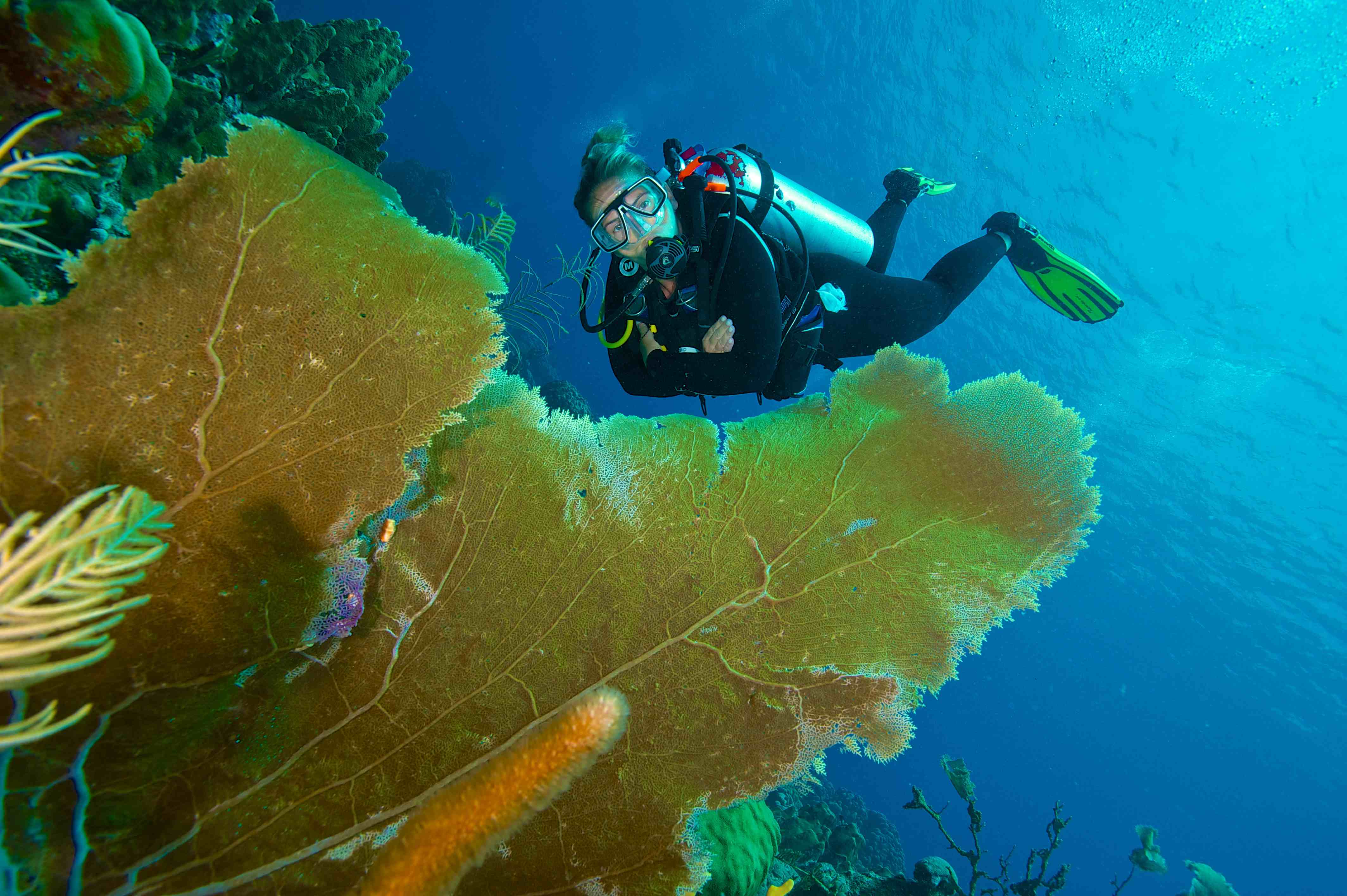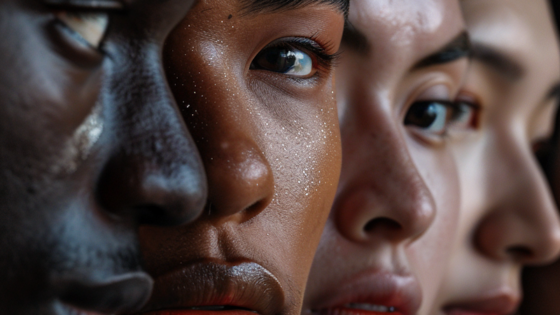on
 BY SELINA McCALLUM
BY SELINA McCALLUM
The absolutely blue water of Curaçao will mesmerize you to dive in and see a whole new world under water. The 2019 annual Curaçao International Dive Festival is focused on building an atmosphere that educates and entertains.
The festival starts on September 30th, 2019, and ends on October 5th, 2019, in Curaçao, which surrounds and embodies the uniqueness of the Dutch Caribbean Island. It is located in the Southern Caribbean, outside the hurricane belt, about 40 miles north of Venezuela.
They have a schedule of events lined up including “Flavors of Curaçao”, sustainable tourism marketplace events, coral restoration workshops and so much more.
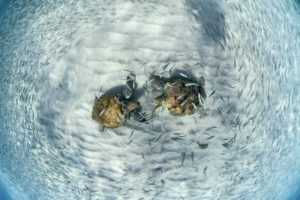 “This year’s Festival is designed to bring awareness to Curaçao as a world-class destination for diving and vacationing,” said Bryan Horne, the creator, and founder of The Dive Curaçao Network.
“This year’s Festival is designed to bring awareness to Curaçao as a world-class destination for diving and vacationing,” said Bryan Horne, the creator, and founder of The Dive Curaçao Network.
Horne is from Canada but has lived in Curaçao for approximately 14 years.
“When I landed here, I was like wow! There is so much going on here. It is like a little place in history that has got so much more. It can be modern, and it can be the old world at the same time,” said Horne.
Curaçao has over 35 spectacular beaches, and most are tucked into intimate coves along the southwest coast complemented by over 70 dive sites.
One traveler wrote on Instagram that she had “never seen water so clear or blue or beaches so beautiful” and “would definitely take this vacation again in a heartbeat.”
All year round, Air Canada is offering direct flights from Toronto and Montreal with seasonal offerings from Westjet and Sunwing.
This will be the first of many festivals that will happen every year. Horne also plans to also bring in a photography and videography festival for divers to Curaçao in spring 2020 that will teach participants the latest techniques in macro, wide angle and full motion using the latest equipment from world renowned manufacturers such as Ikelite, GO PRO, Kraken, and Nikon to name a few.
“Diving is a very social sport. It is a community that has been very social and loves to talk about it with each other,” says the founder.
Horne realized that they have to change the conversation to include more people.
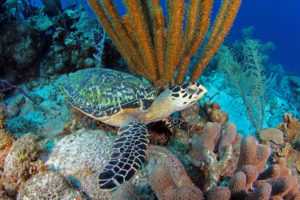 “We need to talk about the cultural heritage, the history of Curaçao, the food, the music, and really get people involved in what’s happening here on the island, on top of the conservation aspect. We need to protect the reefs in order to sustain it for the future,” said Horne.
“We need to talk about the cultural heritage, the history of Curaçao, the food, the music, and really get people involved in what’s happening here on the island, on top of the conservation aspect. We need to protect the reefs in order to sustain it for the future,” said Horne.
To open this year’s Festival, The Avila Beach Hotel and Blues Curacao will be hosting a kick off with “Blues Monday”. Sponsored in part by the Coral Restoration Foundation and Ocean Encounters Diving, this event will set the stage to ensure visitors have the experience of a lifetime.
Another significant partner in this year’s Festival is Project AWARE, a global movement for ocean protection. They have recognized the dive community of Curaçao and especially the Curacao Dive Task Force as leaders working together in the fight to protect the ocean.
Horne says working with Project AWARE has been like finding a perfect fit to a puzzle. The organization often does workshops and teaches tourists about ocean conservation and preservation.
Horne is hopeful that workshops and events such as the ones being held throughout the festival will help make a small change in how people view the ocean.
“It will certainly increase awareness. Events like this will cause people to think twice about their lifestyle habits. For example, using reusable shopping bags, carrying a water bottle with them as opposed to buying plastic water bottles,” said Horne. “We want a sustainable island and we have to take these steps in order to accomplish that.”
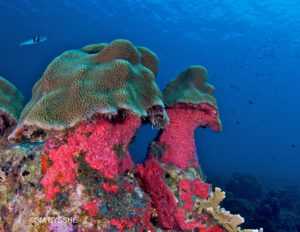 Curaçao is rich with marine life which almost guarantees that every dive is a new experience, and an opportunity to see diverse marine life. This is also an opportunity to appreciate the need to learn more about the fringing coral reefs and how to sustain them for future generations.
Curaçao is rich with marine life which almost guarantees that every dive is a new experience, and an opportunity to see diverse marine life. This is also an opportunity to appreciate the need to learn more about the fringing coral reefs and how to sustain them for future generations.
Visitors will not only learn about sustainability underwater, but on land too. Caribbean Organic Beauty, one of the many sponsors at this year’s festival, strives to provide the Curaçao communities with good quality beauty and skin care products without compromising their customer’s health or wallet. They offer healthy, cruelty-free, and some organically sourced products free from harmful chemicals.
The 2019 Annual Curaçao International Dive Festival is currently open for registration. The registration fee includes a sustainable tourism welcome package and admission to all the main events of the festival.
There are also special packages providing adventure seekers with dive travel savings.
To end the 2019 Curaçao International Dive Festival, there will be a beach party on Cas Abao beach that made it on the Best Caribbean Beaches for 2019 on Forbe’s Ultimate List. With its clear turquoise water, waving palm trees and white sandy beach, Curaçao is a place you have to feel for yourself.
Stay in the loop with exclusive news, stories, and insights—delivered straight to your inbox. No fluff, just real content that matters. Sign up today!




